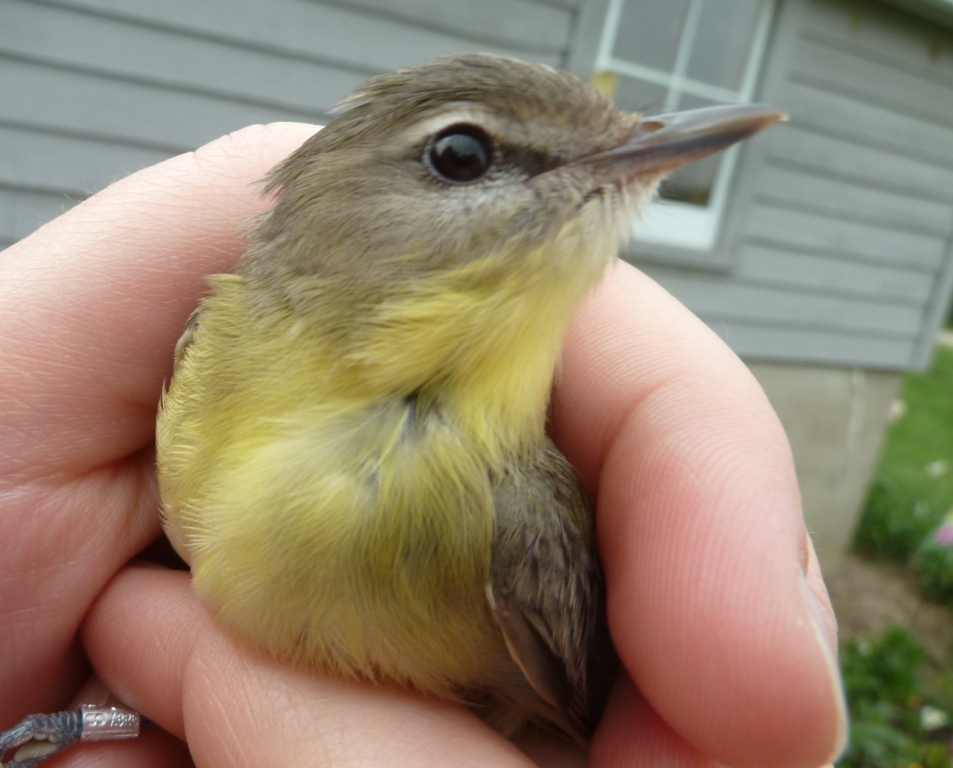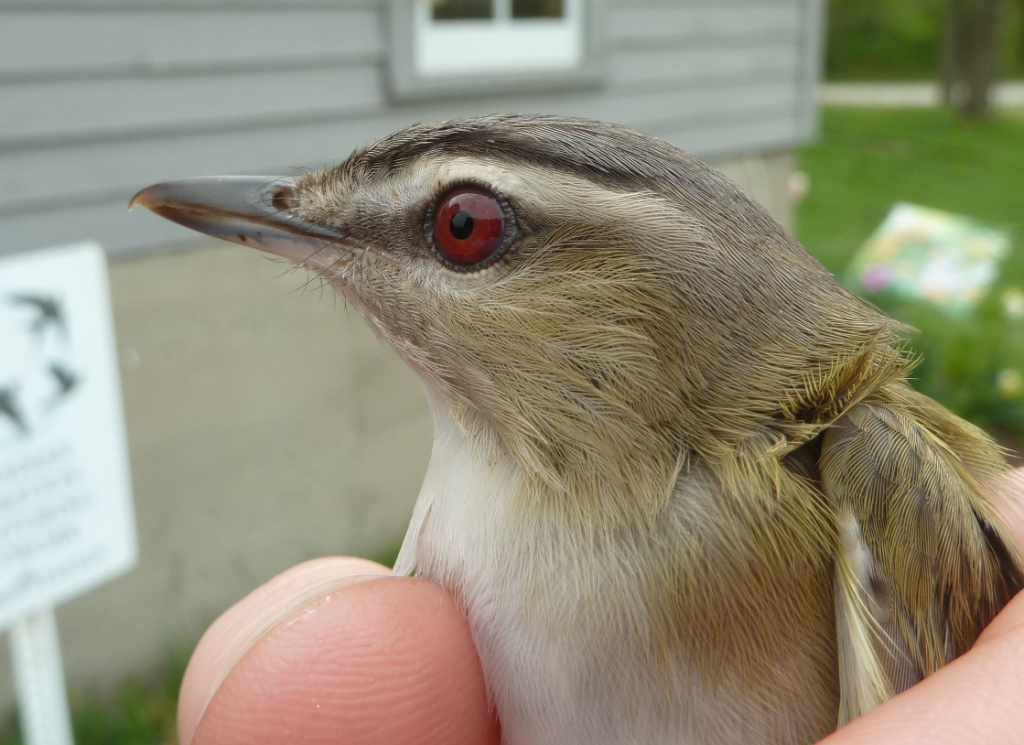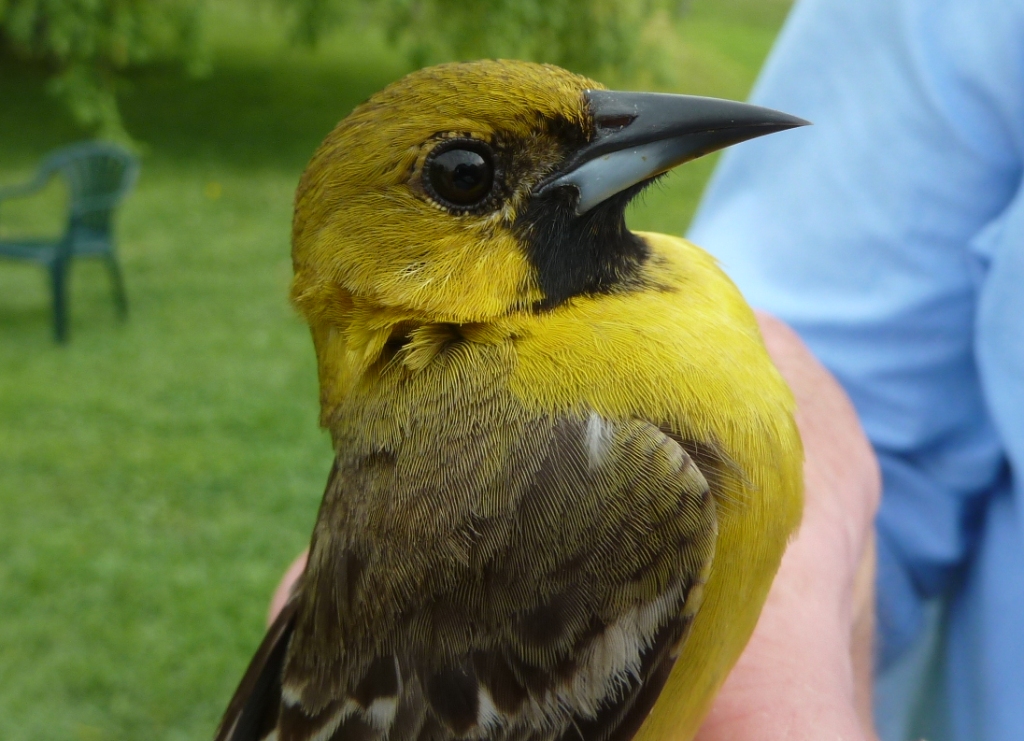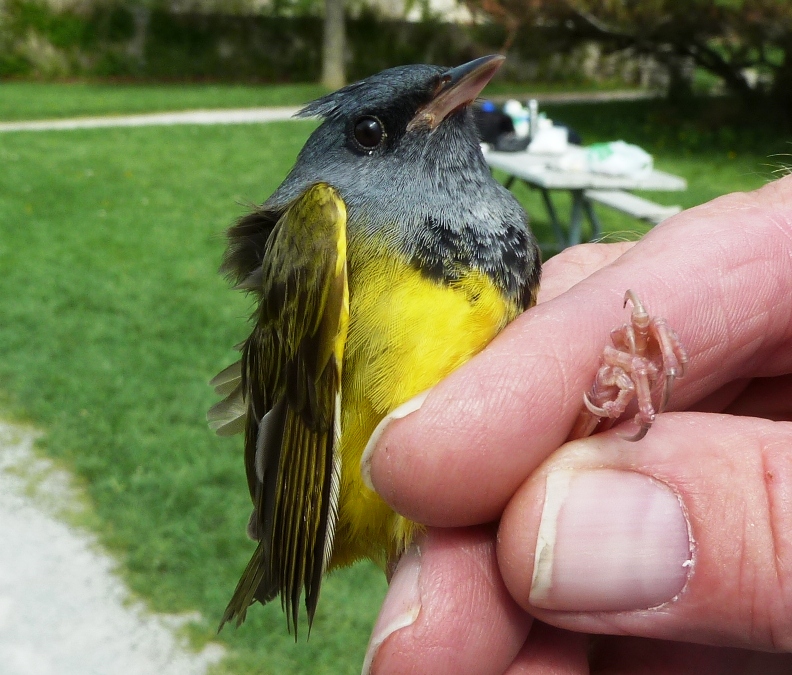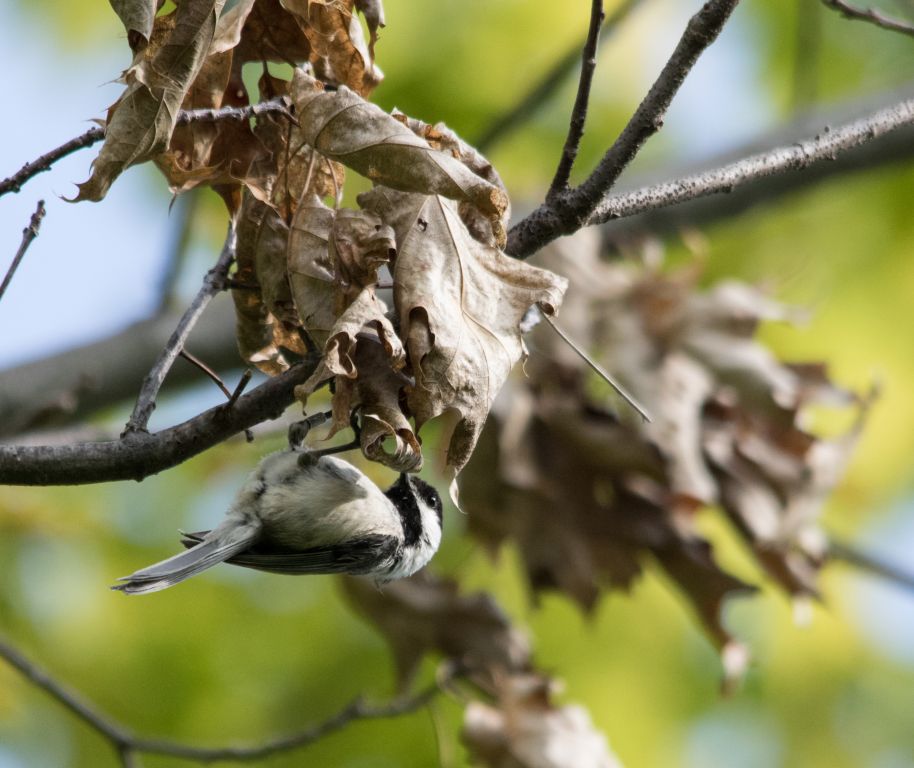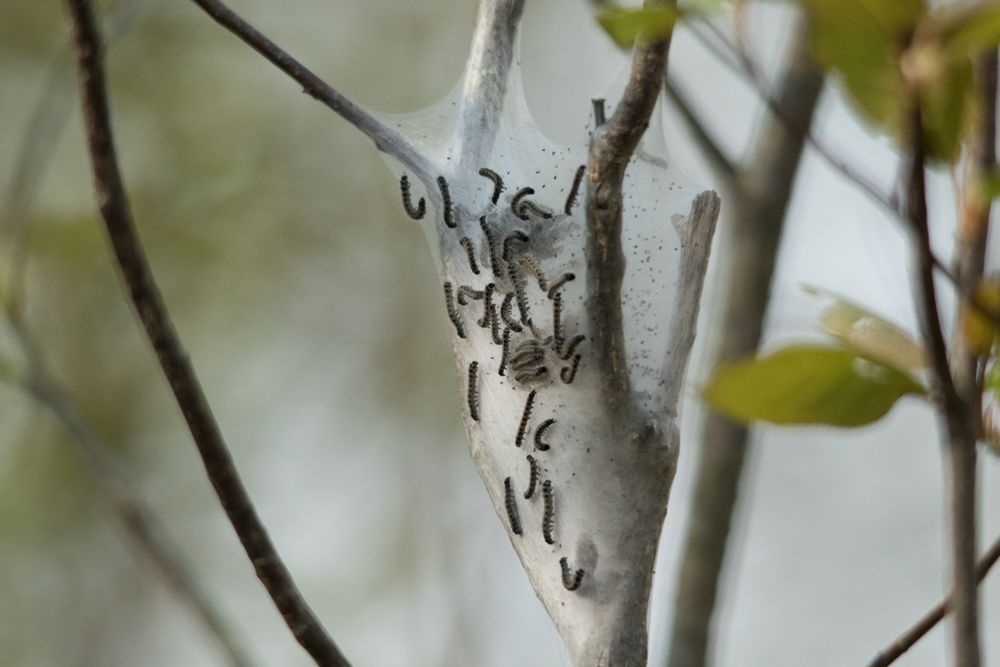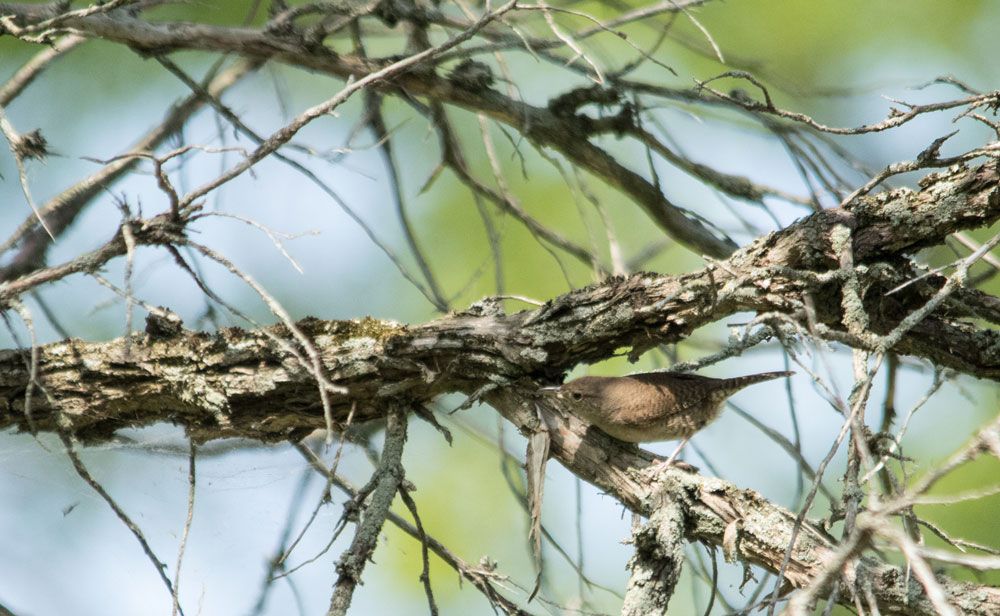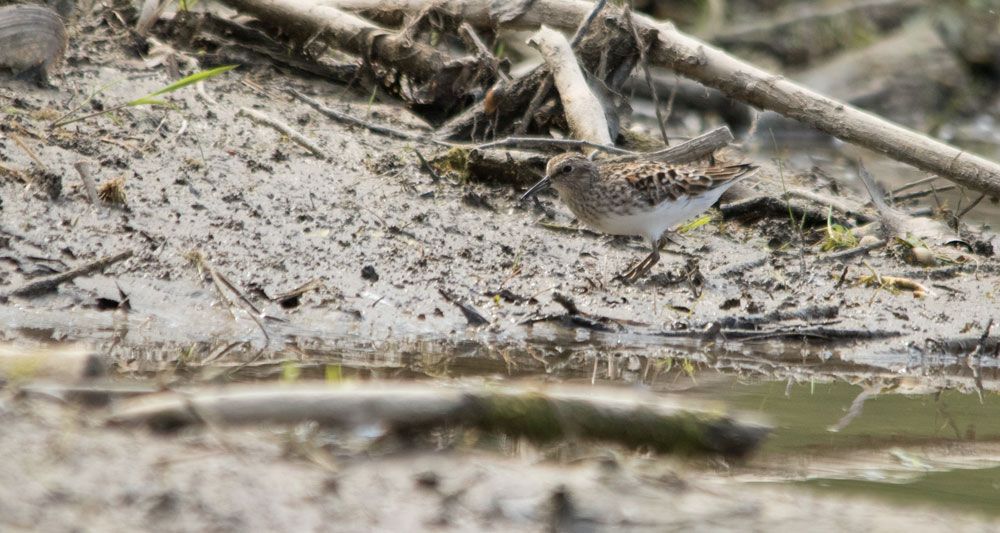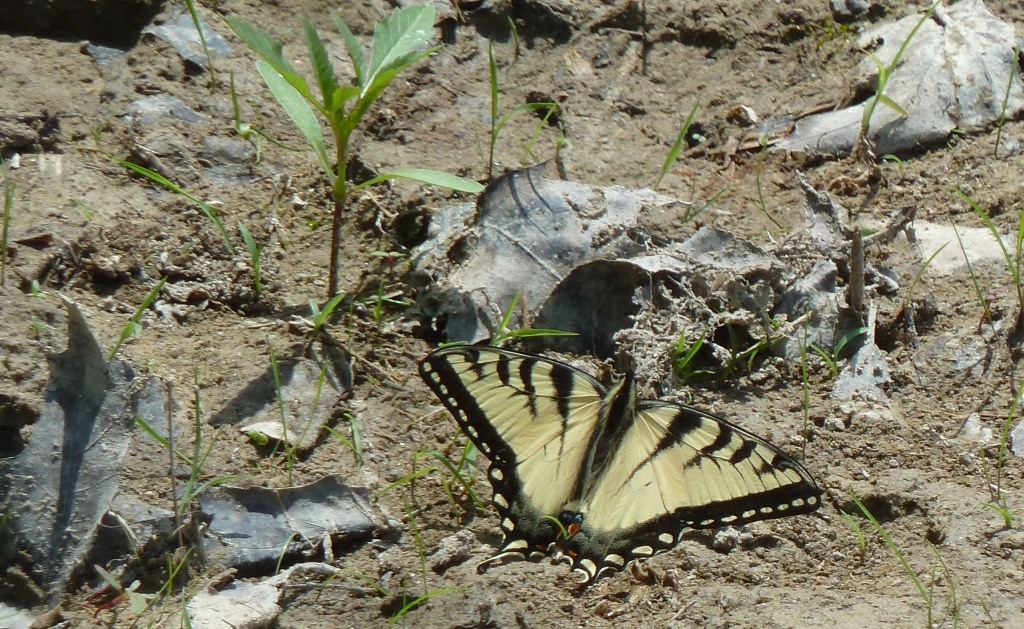
It was hot and humid when we opened the nets at 5:00 and it just got hotter while staying humid. So I started to think: when was Spring? It seems like we went from a cold April into Summer conditions pretty quickly.
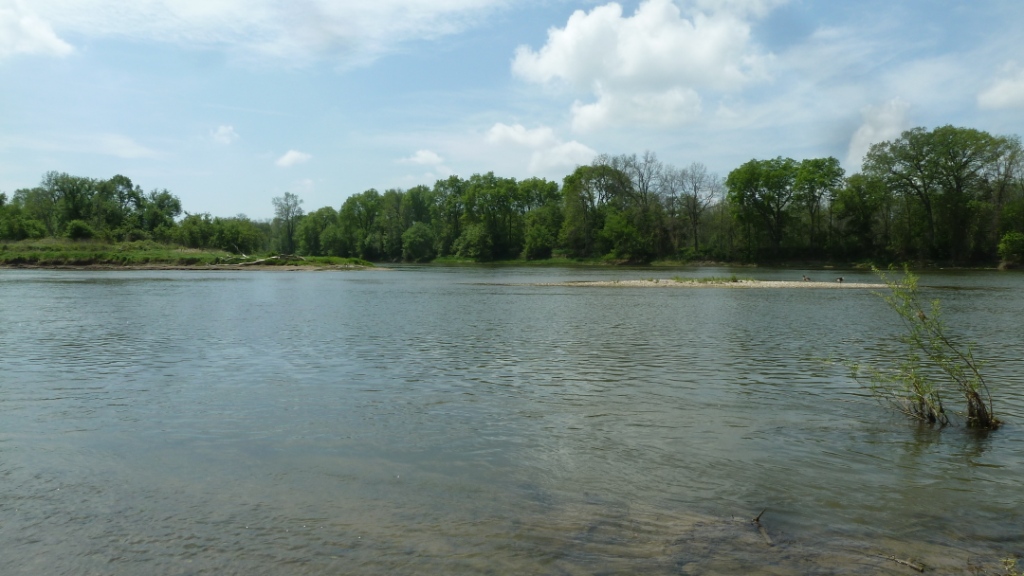
The birds were few and far between…again.
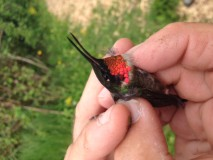
Gail MacLellan took a nice photo of this squirrel nest, a “drey”. Here’s her note:
Hi Rick, I sent you a pic yesterday but have investigated it further:
From wikipedia.org:
A drey — or dray — is a nest of a tree squirrel or a flying squirrel. Dreys are usually built of twigs, dry leaves, and grass, and typically assembled in the forks of a tall tree.
A finished drey is a hollow sphere, about a foot or more in diameter, with branches and other rough-hewn materials loosely woven on the outside and an inner surface lined with a variety of finer materials, such as grass, moss, leaves, shredded bark or pine needles.There may be one, or occasionally two, entrance/exit holes in a drey, usually close to the bottom and oriented toward the trunk, which keeps rain out. A second hole is used for an escape route.
Squirrels often build more than one in a season, as reserve nests, lest the primary drey be disturbed by predators or overrun by fleas or lice.
If used repeatedly, squirrels must constantly maintain their drey, replenishing twigs and leaves as necessary. Remnants of an abandoned nest may be visible for years.
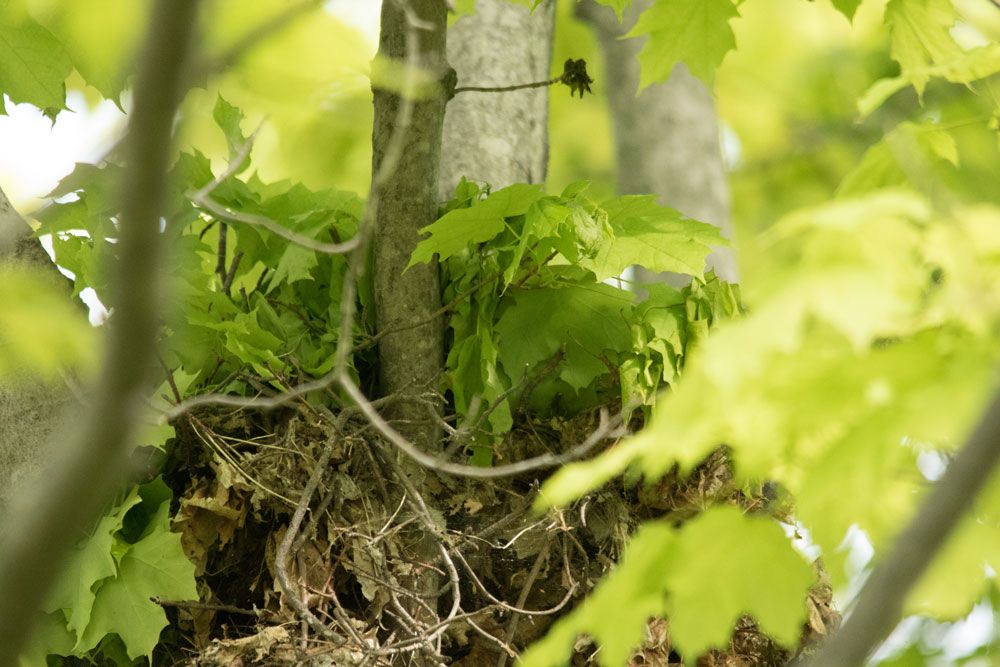
Banded 24:
1 Traill’s Flycatcher
1 Blue Jay
1 White-breasted Nuthatch
1 Gray-cheeked Thrush
3 Gray Catbirds
3 Philadelphia Vireos
1 Red-eyed Vireo
3 Yellow Warblers
2 Magnolia Warblers
1 Mourning Warbler (first of the year)
3 Common Yellowthroats
1 Rose-breasted Grosbeak
1 Orchard Oriole
2 American Goldfinches
Species Count: 70 spp.
Photo Gallery:
